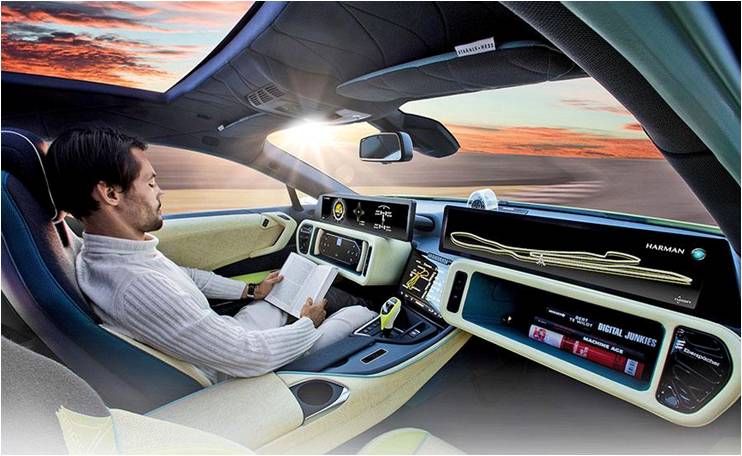Introduction
For many years, car companies have promised that self-driving cars would revolutionize the transportation industry. However, Matthew Davies Stockton believes that it would take quite a long time for those promises to become a reality. In fact, 2020 was supposed to be the year that would have ushered in the era of self-driving cars, but the improvements in the industry of automated driving systems (ADS) are still not sufficient. It cannot be said with certainty whether self-driving cars are the way of the future, as they depend on a lot of factors. Some of these are listed below:
The Factors of self-driving cars
1. The level of automation in self-driving Industry
The functionality of autonomous cars can be categorized into the following scale:
- Level 0 – No automation
- Level 1 – Driver assistance
- Level 2 – Partial automation
- Level 3 – Conditional automation
- Level 4 – High automation
- Level 5 – Full automation
Audi and Tesla have already released level 3 semi-autonomous vehicles. However, level 4 functionality vehicles are still in development, and level 5 cars are expected to take much longer to manufacture. Recent advances in artificial intelligence have improved machine-assisted technologies such as possible collision detection, lane correction, and automated parking. However, fully automated vehicles would take much longer to develop.
Read More: All you Need To Know About Autonomous Vehicles
2. Safety of self-driving cars
Many people have concerns regarding the safety of automated driving system vehicles. Car companies claim that self-drive cars have the potential to reduce accidents or crashes, and don’t suffer from problems like sleep deprivation. They are also not susceptible to the influence of drugs and are designed to follow traffic rules. However, self-driving cars have killed a 49-year-old woman on March 18, 2018, which proves that the technology has yet to mature quite a bit.
It is far too soon to admit how reliable the technology would be. Still, for certain, the views and opinions of people would undoubtedly impact whether self-driving cars will be typical in the future, no matter how long it takes.
3. Cost
Car companies have invested massive amounts of money on the research and development of self-driving cars. Like any new technology, such vehicles would cost a premium for the first few years and would only be affordable to the rich folks. The market reception, profits made by the company, their impact on the lives of people, and many more things would decide their future prices. If they don’t normalize, it is unlikely that such cars would overtake traditional cars in sales volume.
4. Benefits
Self-driving cars are expected to provide numerous benefits, including fewer auto collisions, driving assistance to users, a better driving experience, etc. The National Highway Traffic Safety Administration (NHTSA) estimates that human error causes 94% of car accidents, and self-driving cars would solve billions of dollars in damage each year by reducing accidents.
A Quick Overview
Self-driving cars have been a topic of discussion for several years now. Many experts believe that they are the way of the future, while others are still skeptical. Matthew, a transportation analyst, decided to take a closer look at this technology to determine its viability.
Benefits of Self-Driving Cars
Matthew found that self-driving cars offer several benefits. For example, they have the potential to reduce traffic congestion and make roads safer by minimizing the risk of human error. Additionally, they could improve accessibility for people with disabilities and reduce the need for parking spaces.
Challenges of Self-Driving Cars
However, Matthew also discovered that self-driving cars face several challenges. For example, they rely heavily on technology, which can be vulnerable to cyberattacks. Furthermore, they are currently expensive to produce and maintain, which could limit their widespread adoption.
Conclusion
Matthew Davies Stockton believes that a world with fully functioning autonomous vehicles at scale is still decades away. There is still a lot of testing needed in robotics, artificial intelligence, and a lot of testing required to gather data that could help support such a future.


